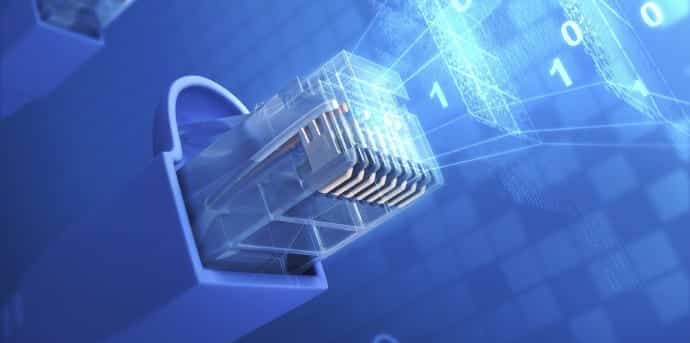FCC is planning a monthly subsidy to increase internet access to low-income American households
In order to make the internet more affordable for the low-income Americans, the FCC Chairman Tom Wheeler and Commissioner Mignon Clyburn today circulated an order among their fellow commissioners that would “reboot Lifeline to enable all Americans to share in the opportunities broadband connectivity provides.” The agency is expected to vote on their proposal on March 31.
If implemented, the scheme will see the FCC’s Lifeline programme, which gives eligible consumers a US$9.25 monthly subsidy for fixed voice services, extended to include standalone fixed or mobile broadband services and bundles of fixed or mobile voice and data services.
The proposal announced by the FCC would involve reorganizing the “Lifeline” plan that is now available for telephone service. Under a proposed update to its existing Lifeline financial assistance program for phone services, the FCC would expand the use of monthly subsidies to include broadband services.
“Lifeline was established in 1985 to help low-income Americans afford access to vital communications, and the program has allowed tens of millions of Americans to afford basic phone service,” Wheeler and Clyburn wrote in a blog post this week. “But at a time when our economy and lives are increasingly moving online and millions of Americans remain offline, it doesn’t make sense for Lifeline to remain focused only on 20th century voice service.”
Lifeline was updated in 2005 to include support for mobile phones. However, the new plan helps “close the broadband affordability gap,” Wheeler said in a blog post with Clyburn.
“The biggest reason these Americans don’t sign up for broadband is cost. Only half of the nation’s households in the lowest income tier subscribe to broadband,” Wheeler and Clyburn wrote.
Of the low-income Americans who do subscribe to online services, staying connected isn’t easy either. Almost half (48 percent) of low-income consumers for whom a smartphone is the way to access to the Internet have had to cancel or shut off their service at some point for reasons of financial hardship.
Wheeler and Clyburn say real people are hiding in these statistics: “[U]nemployed workers who miss out on jobs that are only listed online, students who go to fast-food restaurants to use the Wi-Fi hotspots to do homework, veterans who are unable to apply for their hard-earned benefits, seniors who can’t look up health information when they get sick.”
Under the proposal, the FCC will apply minimum service standards to make sure that subsidised broadband services meet modern needs.
The proposed standards are 10 Mbps downlink and 1 Mbps uplink speeds, and a minimum allowance of 150 GB per month for fixed broadband, and 500 MB per month of 3G data, increasing to 2 GB per month by 2018 for mobile broadband. From 1 December this year, subsidised mobile services must also include unlimited voice minutes.
“Internet access has become a pre-requisite for full participation in our economy and our society, but nearly one in five Americans is still not benefitting from the opportunities made possible by the most powerful and pervasive platform in history,” write Wheeler and Clyburn. “We can do better. We must do better.”
The FCC said it plans to set up a National Eligibility Verifier, a neutral third party tasked with stopping ineligible consumers receiving subsidies and reducing the administrative burden on telcos.
The extended Lifeline programme will be subject to a review in mid-2019.

